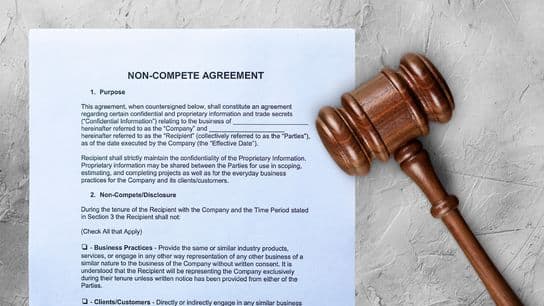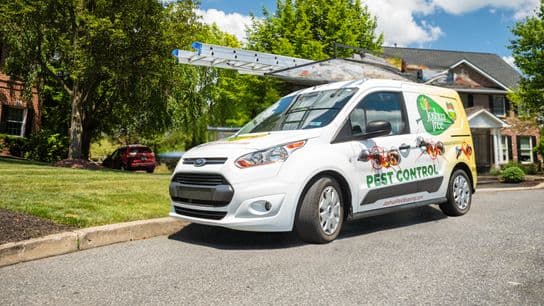Communicating Poor Franchisee Satisfaction Results: How to Make It Less Painful and More Productive
Asking franchisees for feedback is a critical step in becoming a high-performing brand. But what if the results aren’t what you expected? Or worse, you’re afraid to survey because you know your franchisees are dissatisfied? Franchise Business Review's president & COO Michelle Rowan shares insights and tips from FBR's recent webinar on how and why you need to communicate survey results to your franchisees--even if they're not what you'd hoped.
I recently hosted a webinar on turning dissatisfied franchisees into brand champions with our CEO Eric Stites. We were thrilled with the number of people attending, but what was most interesting to me was the number of brands participating that already have high overall franchisee satisfaction.
These brands “get it”. They aren’t complacent. They understand the importance of measuring franchisee satisfaction, and are looking for continuous improvement. They value every franchisee’s feedback and want to do what’s right for their franchisees and their brand.
My hope is that more franchises will adopt this mindset. When brands make the effort to listen to their franchisees, and act on their feedback, it builds trust and improves performance, which leads to bottom-line benefits for everyone.
I’d like to share a high-level look at the five tips we covered, and urge you to listen to the recording for more detail.
- Show the full monty. When you survey your franchisees and the results are less than stellar, it can be tempting to bury them in a filing cabinet somewhere. Don’t! Share all the results with your team AND franchisees. Your franchisees already know there are issues, so be transparent. The more your share, the better!
- Own your shortcomings--but don’t try to fix them all at once. Rather than assigning blame (and fueling negativity), focus on strengthening relationships with your franchisees by laying out your plan for improvement. Rather than trying to tackle everything at once, choose three or five priorities to focus on and set manageable goals that you’ll be more likely to complete.
- Realign expectations. Openly communicating survey results gives you an opportunity to realign franchisees’ expectations. In some cases, franchisees may be asking for something you can’t provide. But, if you can explain the WHY behind it (i.e., impact on the bottom line, increased royalties, etc.) franchisees are more likely to accept it.
- Involve your franchisees in making improvements. Once your franchisees know you’ve heard them and you’re willing to listen (no matter how tough the feedback is to swallow), you need to have a plan of action to get buy-in. A few ideas: Leverage convention, form working groups, and follow up with individual franchisees to ask for solutions.
- Build transparency and trust. If you deliver on your promises--and continue to communicate with your franchisees and ask for feedback--you build a solid foundation of trust. SImilarly, be transparent about your scores with candidates. That way, there won’t be any surprises during validation, you’re setting realistic expectations up front, and you’ll be starting off the relationship with mutual trust.
Finally, it’s important to measure your progress. Waiting until your next annual survey is too long to wait to take them temperature of your franchisees. Sending out short, targeted pulse surveys is a great way to keep franchisees engaged throughout the year and track progress (or quickly pivot strategies, if needed) on the changes you’re making.
If you would like more detail about any of these tips, you can access the recorded webinar here. It’s free and available to anyone to listen in, so please share it with your team and franchising colleagues. I also encourage you to learn more about pulse surveys and download our free whitepaper, Five Strategies for Turning Low Satisfaction Scores into a Win.













